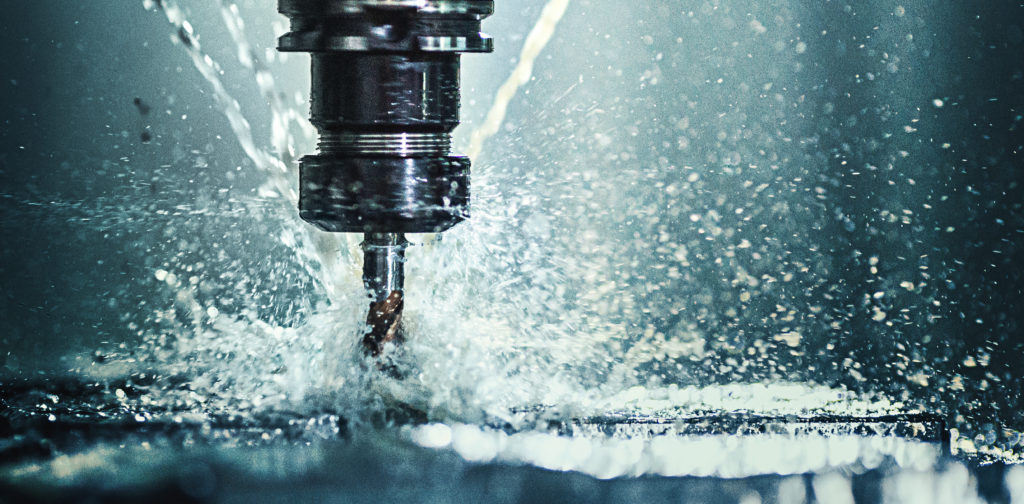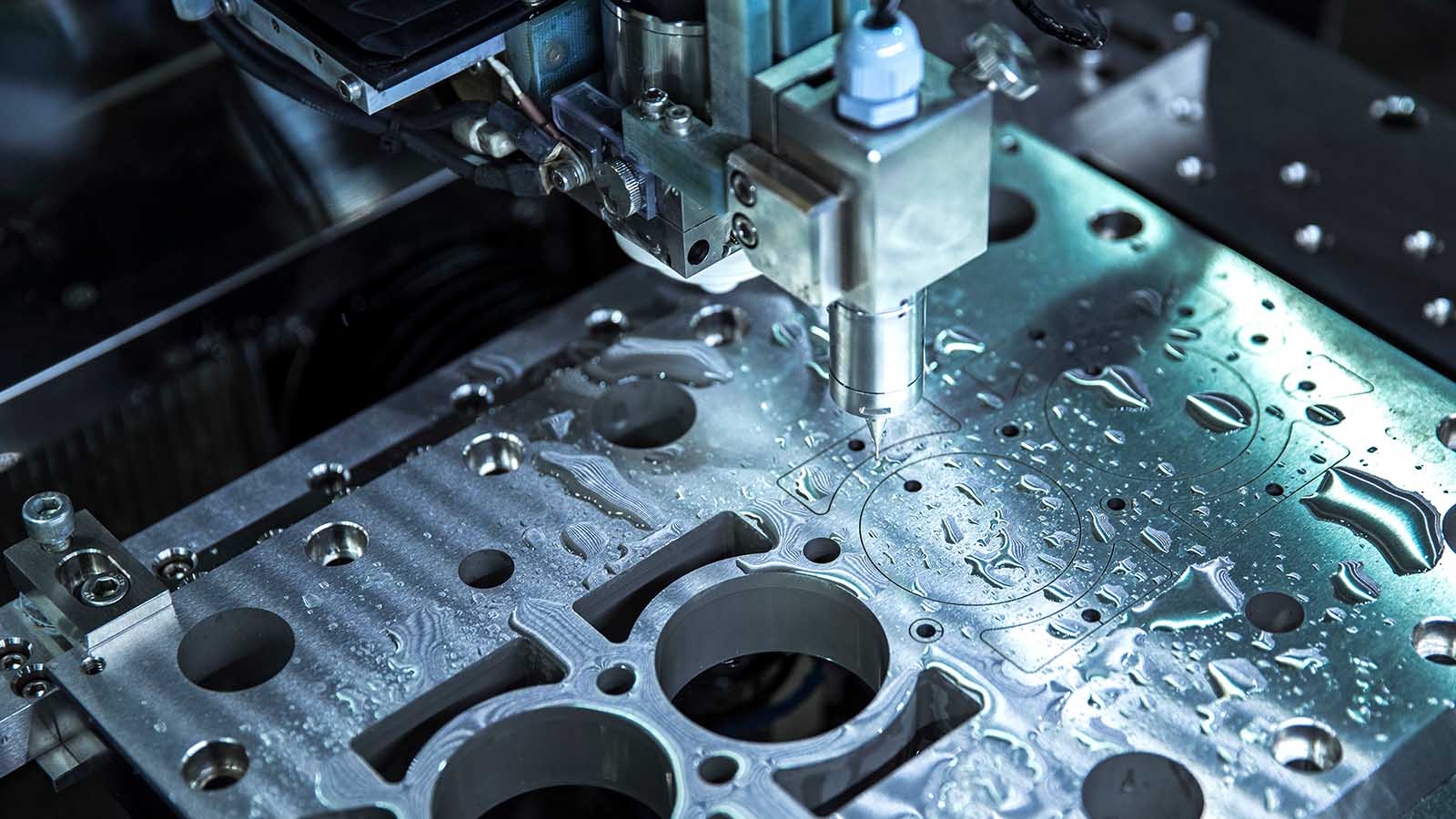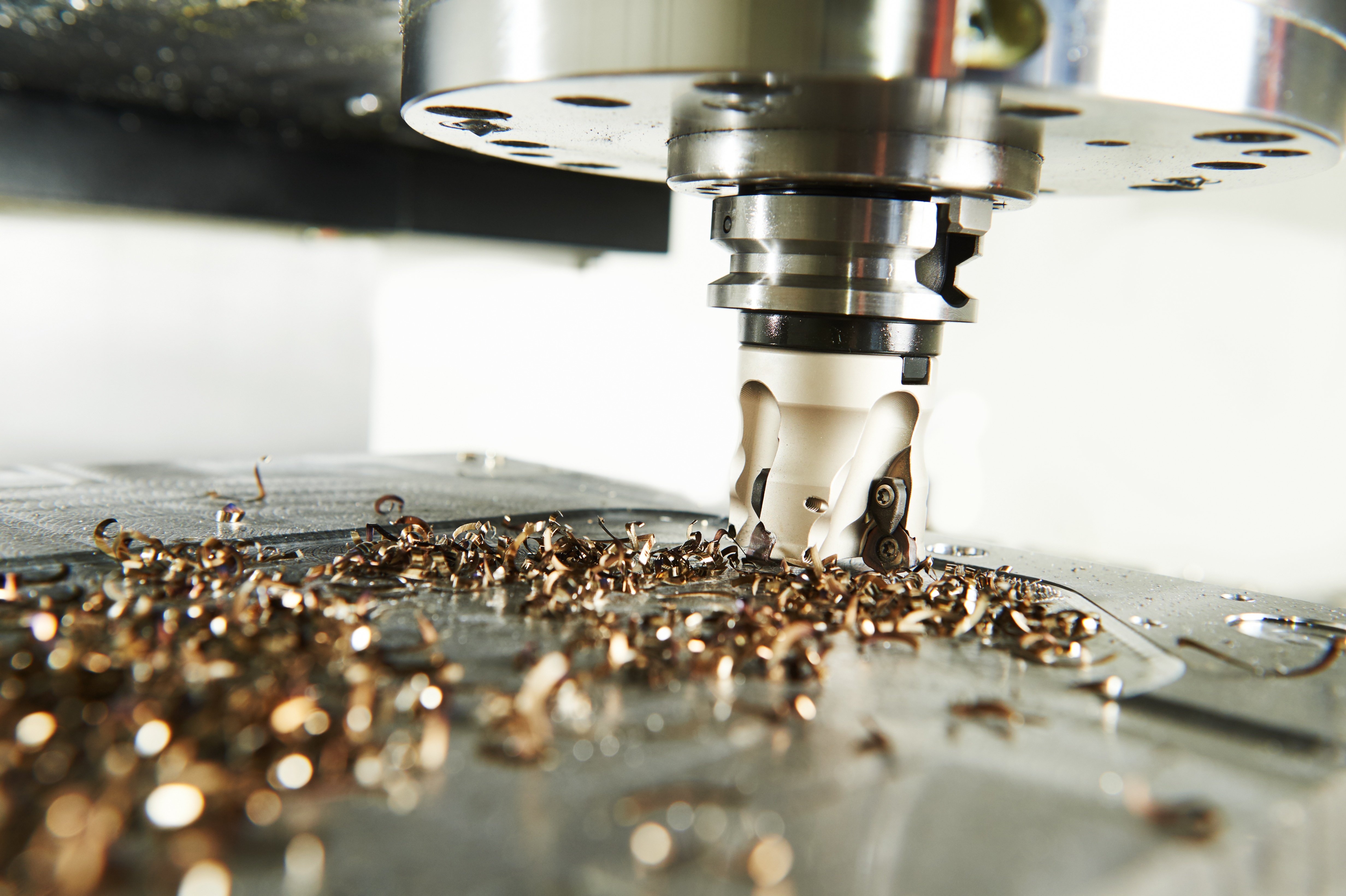Fasteners and Machining: Crucial Elements for Accuracy Manufacturing
Fasteners and Machining: Crucial Elements for Accuracy Manufacturing
Blog Article
Revealing the Complexities of Bolts and Machining Procedures for Optimum Performance
In the world of design and manufacturing, the choice of fasteners and the details of machining procedures play a crucial duty in figuring out the best performance and resilience of a product. From the relatively straightforward task of picking the appropriate kind of bolt to the facility accuracy machining techniques employed, every action in this procedure needs careful interest to information. As we start this exploration right into the world of bolts and machining, we will certainly reveal the refined yet crucial aspects that can significantly affect the effectiveness and high quality of the end product, shedding light on the commonly neglected elements that can make all the difference in attaining optimal performance.

Importance of Appropriate Bolt Choice
Picking the ideal bolts is vital in guaranteeing the structural honesty and long life of any kind of mechanical setting up. Bolts play a basic function in holding components together firmly, with the right option contributing considerably to the general performance and reliability of the assembly. When choosing bolts, elements such as product compatibility, environmental problems, load-bearing capability, and convenience of installation should be very carefully thought about to assure optimal performance.
Inappropriate fastener selection can bring about a variety of issues, including loosening, corrosion, and even architectural failure. Making use of fasteners that are not suited to the particular requirements of the setting up can endanger its capability and pose security risks. As a result, designers and designers should carefully examine the application requires and pick fasteners that fulfill or exceed the necessary requirements and specifications.
In addition, the proper bolt selection procedure includes evaluating the joint design, prepared for tons, resonance levels, and prospective thermal expansion or tightening to ensure that the selected fasteners can endure the operating problems successfully. By prioritizing correct bolt selection, suppliers can boost the top quality, sturdiness, and performance of their mechanical settings up.
Kinds and Attributes of Bolts
A crucial aspect of mechanical settings up exists in comprehending the varied types and one-of-a-kind attributes of bolts made use of in different industrial applications. Fasteners are essential components that hold frameworks with each other, ensuring stability and functionality.
Screws are threaded bolts that are frequently made use of to join 2 or even more parts with each other. Nuts are internally threaded fasteners that mate with bolts to hold elements together. Washing machines are thin plates that distribute the tons of a bolt, preventing damages to the product being attached.
Recognizing the features of each type of bolt is important for choosing the ideal one for a particular application, making certain optimum efficiency and reliability of the mechanical setting up. Fasteners and Machining.
Precision Machining Strategies for Performance
The elaborate layout needs of numerous bolts necessitate using accuracy machining techniques for optimal efficiency in producing procedures. Precision machining is critical in guaranteeing that bolts satisfy the specific requirements needed for their desired application. Among the primary techniques utilized in precision machining is Computer Numerical Control (CNC) machining, which enables high levels of accuracy and repeatability in the production of fasteners. CNC equipments are capable of performing intricate cuts and forming operations with minimal human treatment, causing enhanced performance and consistency in the production process.
In enhancement to CNC machining, other accuracy methods such as grinding, milling, and turning are commonly utilized to achieve the tight tolerances required for fasteners. These strategies allow makers to create fasteners with smooth surfaces, specific measurements, and high structural honesty. By making use of accuracy machining techniques, producers can improve the quality of bolts, decrease product waste, and boost total production performance. In addition, the usage of advanced machining processes assists make certain that bolts satisfy industry requirements and client expectations for efficiency and dependability.

Factors Influencing Machining Process Efficiency
Different variables play a substantial function in figuring out the efficiency of machining procedures in the manufacturing of fasteners. Optimizing these criteria based on the particular demands of the bolt being produced is crucial to accomplishing affordable and like it exact machining.
Equipment rigidity and security also play a vital role in figuring out machining procedure performance. A secure device with marginal resonances can boost precision and protect against tool wear, resulting in far better general efficiency. Moreover, the ability and experience of the equipment operator can not be taken too lightly. A well-informed driver can make real-time modifications, troubleshoot issues efficiently, and ensure that the machining process runs efficiently, eventually affecting the last top quality of the bolt.

Quality Assurance Measures in Production
Factors influencing machining procedure efficiency, such as cutting tool option and device security, directly influence the execution of quality control actions in manufacturing. Quality assurance procedures are vital in guaranteeing that products satisfy the required standards and specs. In the production process, different strategies are used to maintain top quality criteria. Inspection and screening play an essential function in identifying any variances from the desired result. Routine upkeep of machining equipment is likewise vital to support top quality control. Calibration of equipments and tools is needed to ensure exact and accurate manufacturing procedures. Additionally, applying standardized operating treatments and procedures can aid in preserving uniformity and top quality throughout the assembly line. Quality assurance gauges not just focus on the end product but likewise on every stage of the production procedure to stop defects and errors. By adhering to strict quality assurance steps, makers can boost customer complete satisfaction, construct an online reputation for reliability, and ultimately accomplish optimal efficiency in their machining processes.
Final Thought
In final thought, choosing the ideal bolts and making use of accuracy machining methods are important for ideal efficiency in producing processes. Recognizing the types and characteristics of bolts, in addition to factors affecting machining procedure efficiency, can cause enhanced efficiency and quality assurance steps. By focusing on these complexities, producers can achieve greater degrees of efficiency and dependability in their products.
In the realm of design and production, the selection of fasteners and the details of machining procedures play an essential function in identifying the ultimate efficiency and longevity of an item this (Fasteners and Machining). One of the main techniques utilized in precision machining is Computer system Numerical Control (CNC) machining, which allows high levels of precision Read Full Report and repeatability in the production of bolts. The usage of advanced machining processes assists guarantee that bolts satisfy industry criteria and client assumptions for efficiency and reliability
In verdict, choosing the right bolts and utilizing accuracy machining techniques are essential for optimum performance in making processes. Recognizing the types and features of fasteners, along with variables influencing machining procedure performance, can lead to enhanced efficiency and high quality control actions.
Report this page